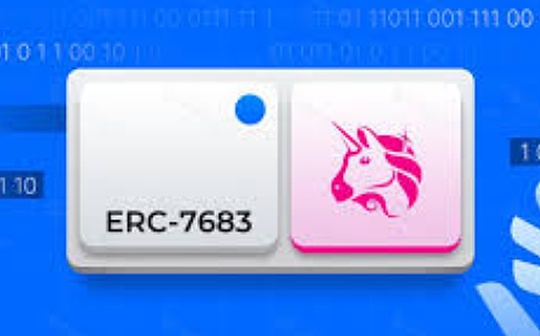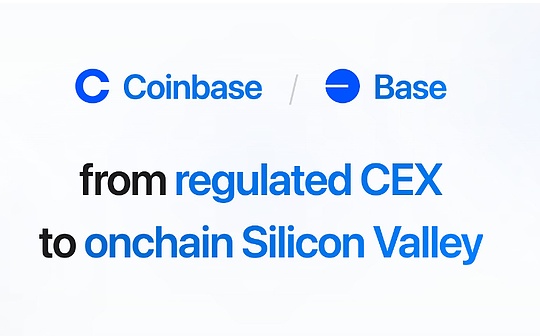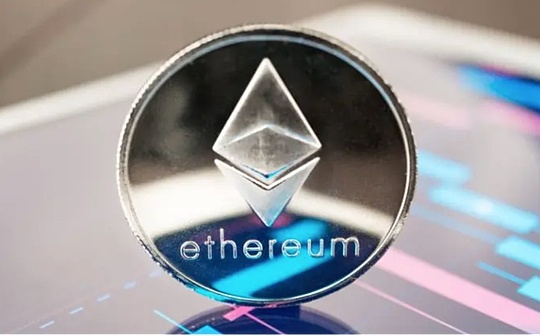
Author: Nick Garcia, Messari Research Analyst; Compilation: 0xjs@作 作 作 作 作 作
question:
The multi -chain ecosystem has fragmented liquidity, and the user experience deteriorates.
Potential solutions -infrastructure based on intent:
The intention -based agreement uses Solver to compete and execute user orders.In essence, this will be separated from the complex part of the user order from the complex part of the verification.Its benefits include better execution effects, unified liquidity, improved interoperability, and maximum extraction value (MEV) protection.Example protocols include COWSWAP and Synapse.
Existing problems based on the intention of intention:
What are the problems with the intention of today?The Solver network is isolated, so centralization and restricting the solver pool that can compete for users’ transactions, thereby offset some advantages.
ERC-7683: ERC-7683: ERC-7683:
ERC-7683 is a proposal jointly proposed by Uniswap and Across to establish a unified framework for systematic systems to specify cross-chain operations.By implementing a standard, the cross -chain intent system can conduct interoperability and share infrastructure, such as order communication services and Filler network.
This will alleviate the problem of solver isolation and allow all protocols to access a unified Solver network.
Who will benefit from ERC-7683:
Front -end (user interface): The intention -based decentralized exchange (DEX) and bridge, such as Uniswap, COWSWAP, and 1inch.
Solver: Solver sees increased order traffic, and platforms like Khalani optimize Solver’s performance.
Back -end (settlement): protocols like ACross and Everclear benefit from increasing settlement activities.
In addition, users will benefit from all the above advantages.









